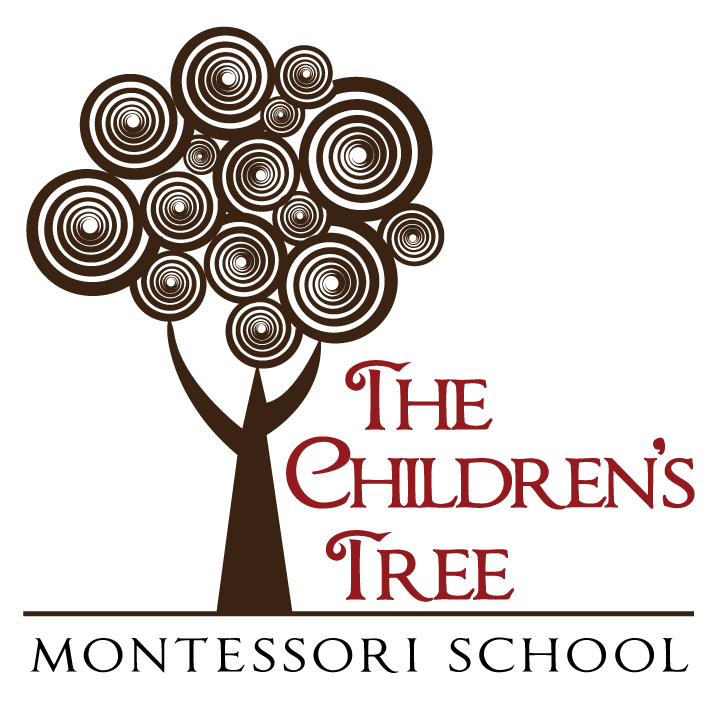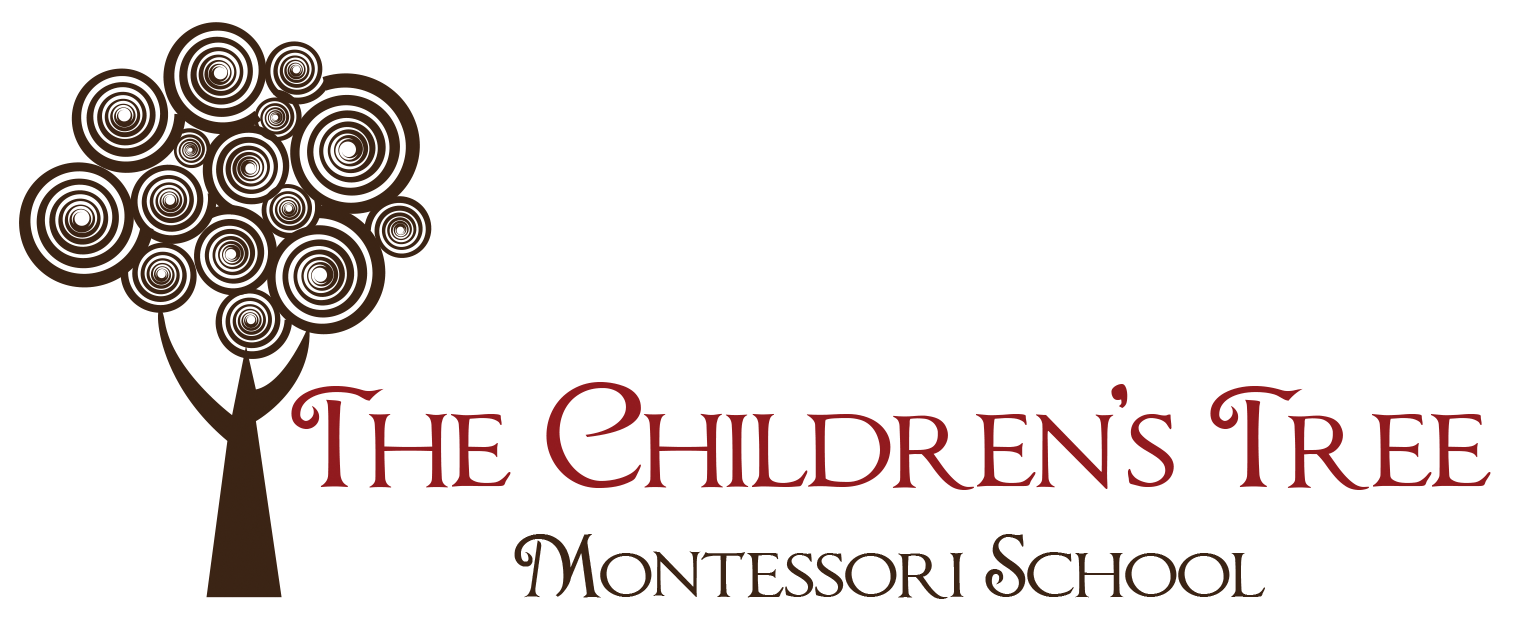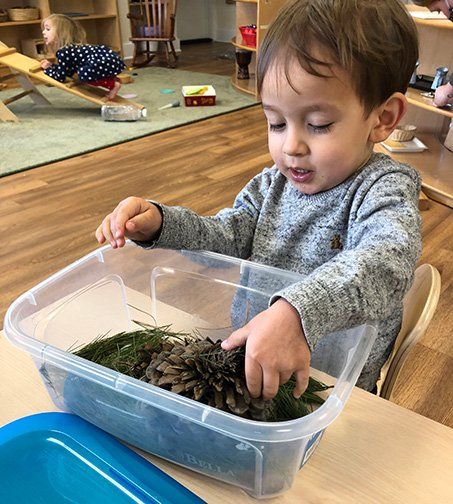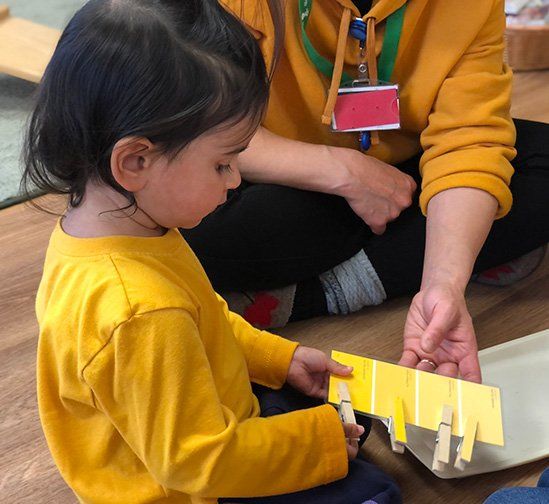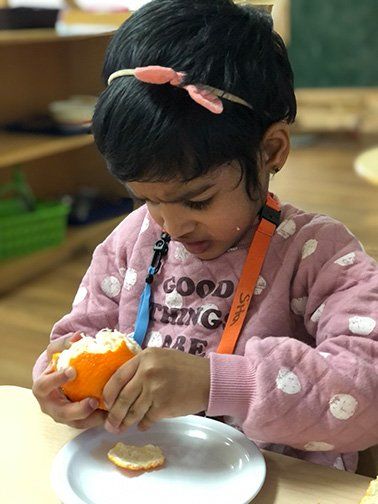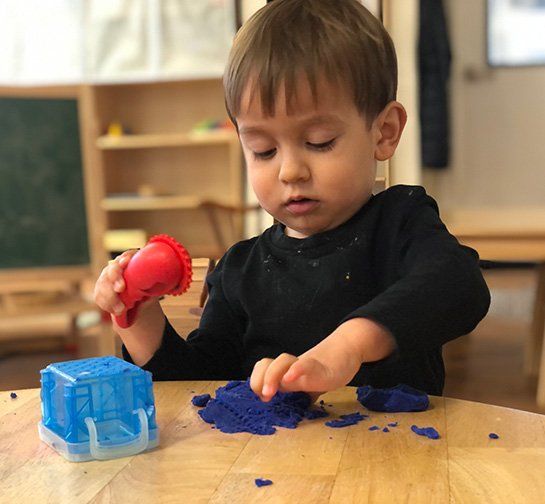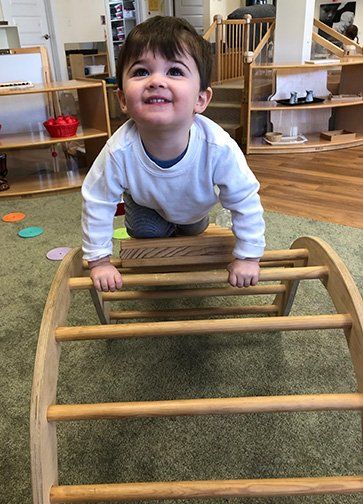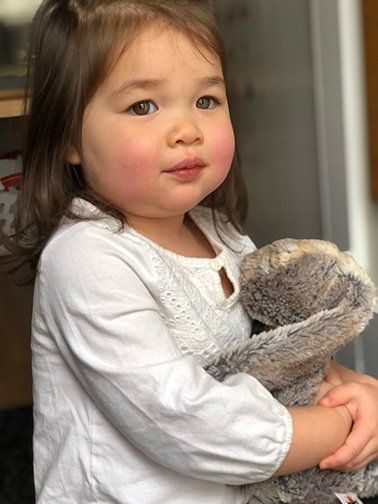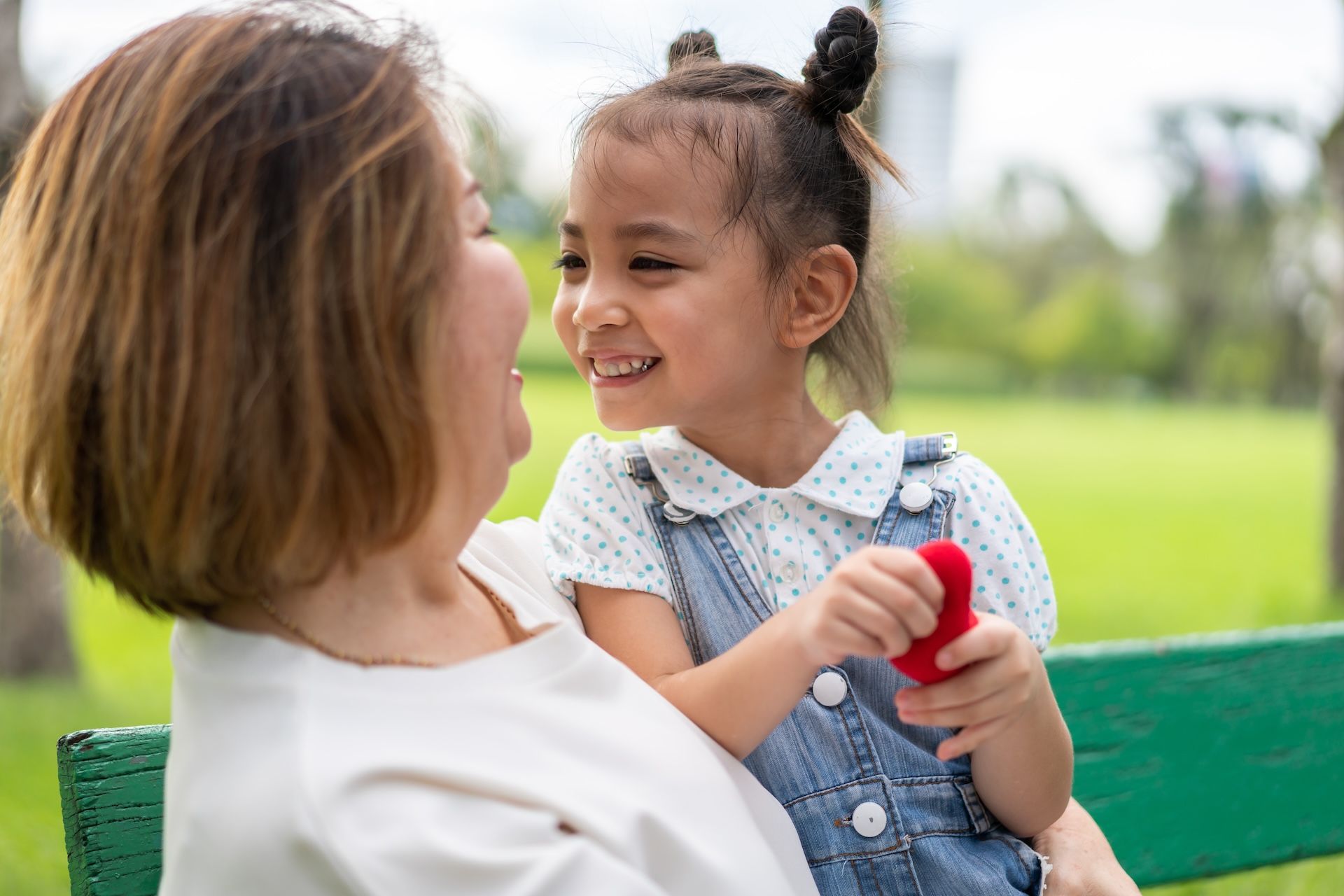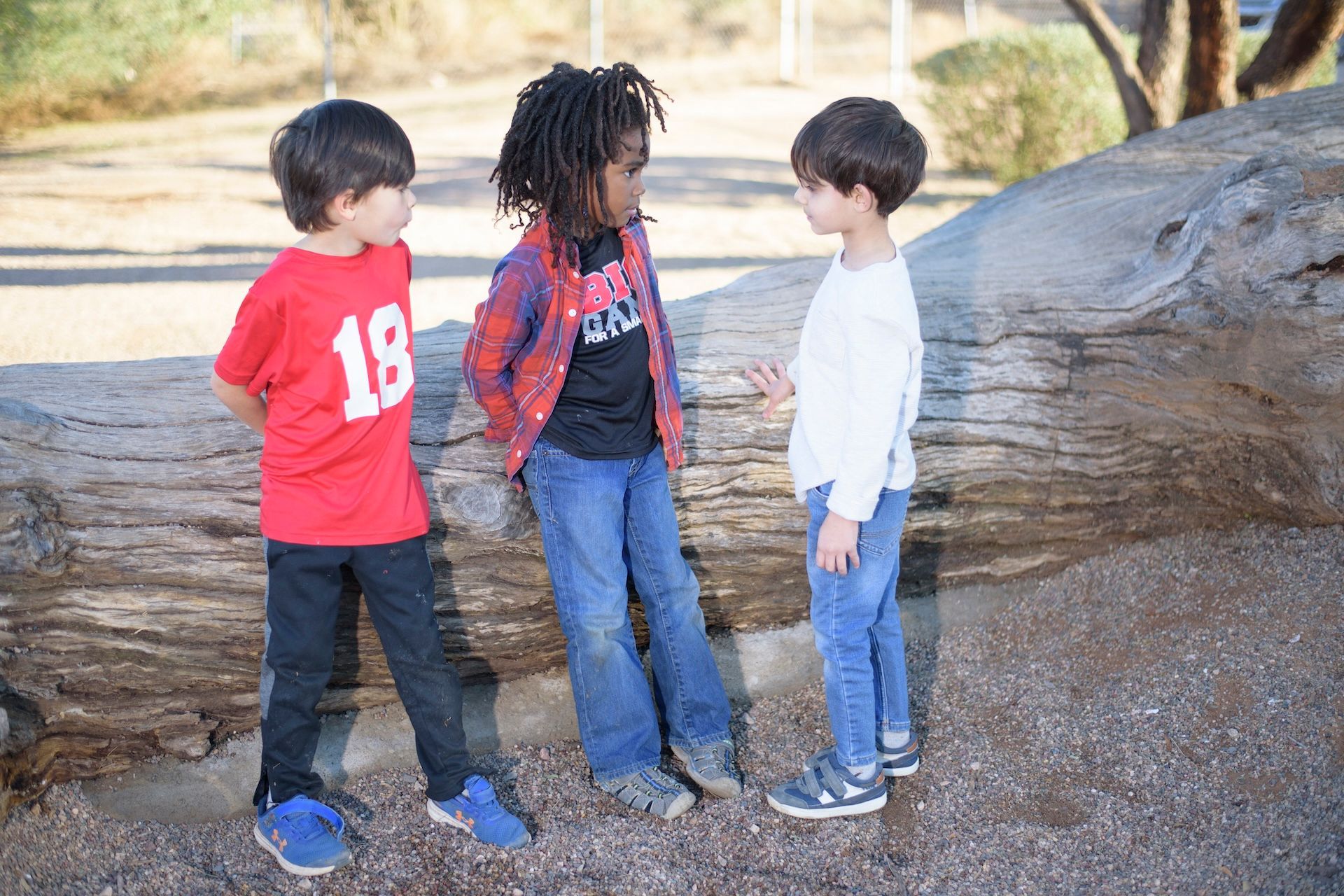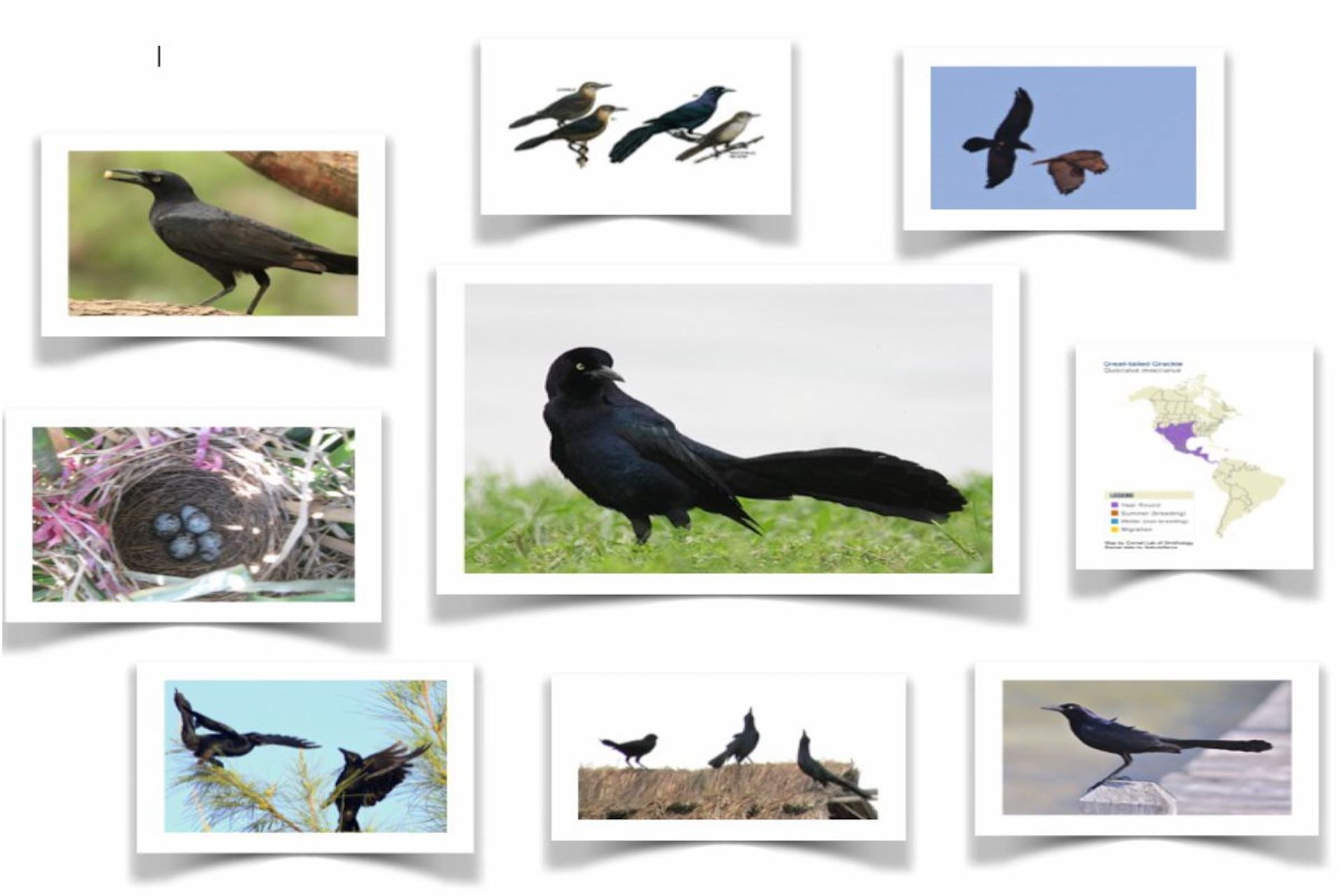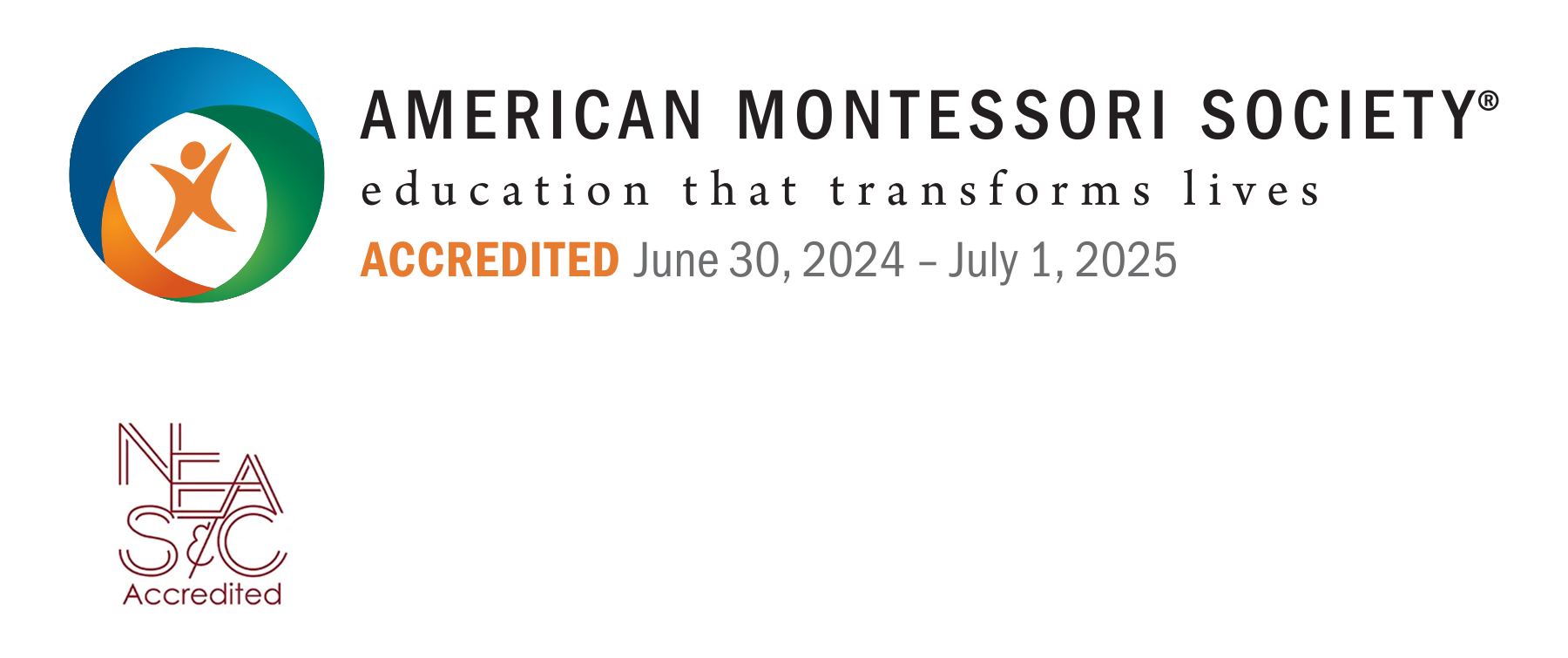Absorbent Mind and Sensorial Work for Toddlers
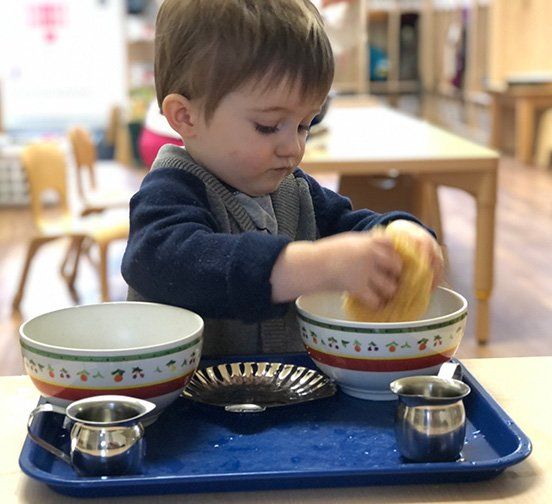
“Education is a natural process carried out by the child and is not acquired by listening to words but by experiences in the environment.”
-MARIA MONTESSORI in ABSORBENT MINDS
Dr. Maria Montessori described the child’s mind between birth and six years old as an “Absorbent Mind.” She also called this time the “Sensitive Period” of development. During the sensitive period, children are deeply interested in specific subjects; therefore, children can acquire particular abilities related to those subjects. During this period, teachers and parents often notice that the children are intensely interested in repeating specific actions to refine their skills. New skills will then emerge from this repetition. It is a window of great opportunities for learning and building independence and confidence for the children. The question that arises is how can we support children to optimize their potential?
“The senses are gateways to the intelligence. There is nothing in the intelligence which did not first pass through the senses.”
-ARISTOTLE
In the Maple classroom, the purpose of sensory activities is to support the children in their efforts to figure out the many varied impressions given by senses. Sensorial materials are specifically designed to help the children develop discrimination, order, broaden and refine the senses; work with these materials develops and refines the “five senses”—seeing, hearing, touching, tasting, and smelling—and builds a foundation for speech, writing, and math (AMS Montessori Terminology.) Each scientifically designed sensory material isolates a specific quality such as color, size, shape, etc. By doing sensory activities, the children can focus on various characteristics and learn to sort, classify, order, and develop the vocabulary to describe objects they experience in the world around them. Also, these materials help prepare them to be logically aware, and perceptive people.
Children receive impressions through their senses from the moment of birth. Sensory activities focus on developing sensory perception. However, we rely heavily on visual and auditory perception to acquire information as adults. Our Montessori toddler program offers a multi-sensory approach to learning, encouraging the children to use the optimum combination of senses for learning. Using the senses easily, with refined distinctions, increases the productivity of the quality materials. For example, the Pink Tower activity compares the visual qualities of “large” and “small,” highlighting the comparative attributes of “large, larger, largest” and “small, smaller, smallest.” In addition, it can be a gross motor activity in our toddler classroom by moving them from one spot to another. Also, it can be a stereognosis sense activity by putting a couple in a mystery bag or using a sensorial blindfold. A variety of games for each material extends the primary lesson. In the toddler community, teachers often develop sensory work to the Math-concept activities and create Art projects.
Sensory activity ideas for parents:
https://thetoddlerplaybook.com/montessori-sensory-activities/
https://montessorikidsuniverse.com/sensorial-activities-at-home/
Free Montessori resources and activity ideas for parents:
https://www.themontessorinotebook.com/free-resources/
